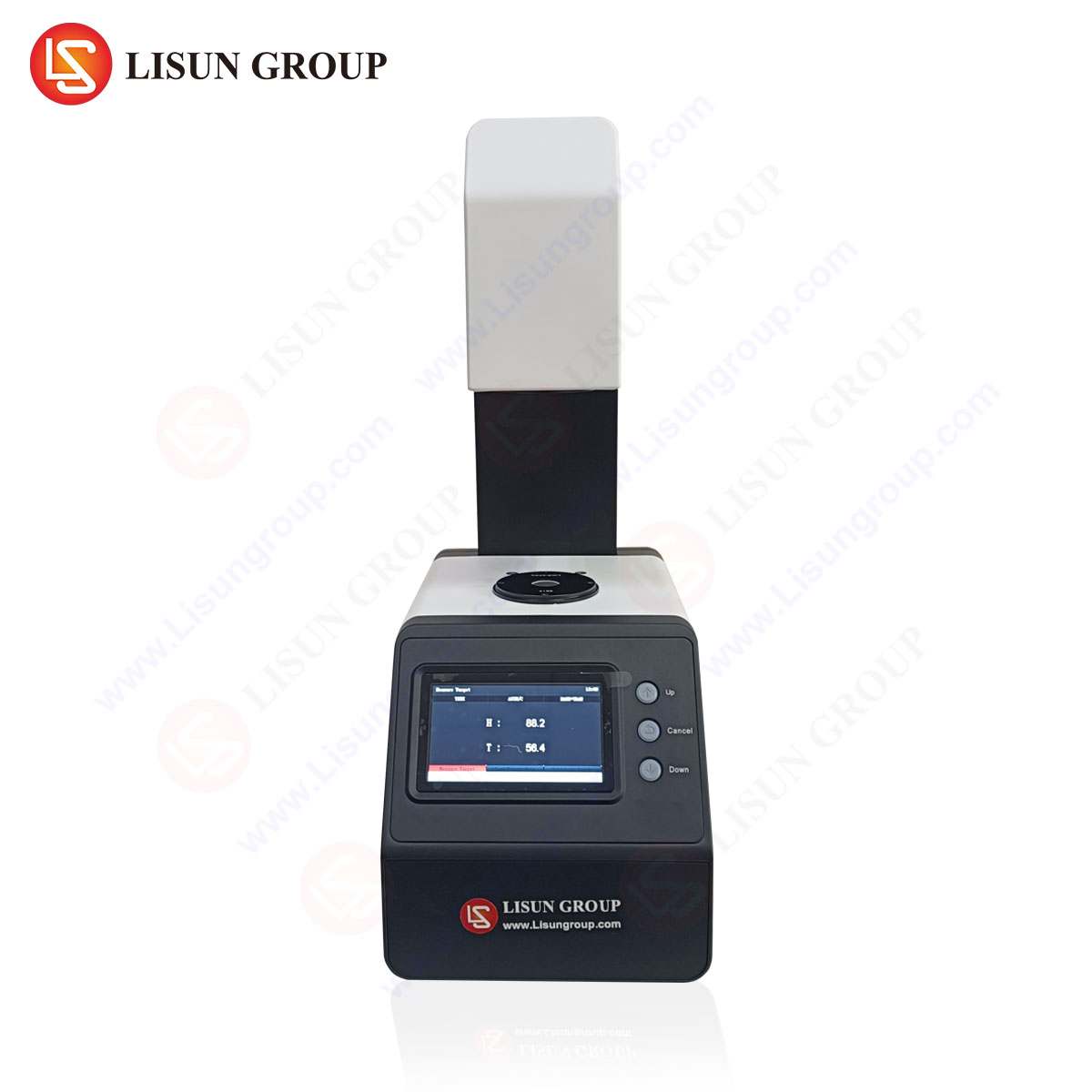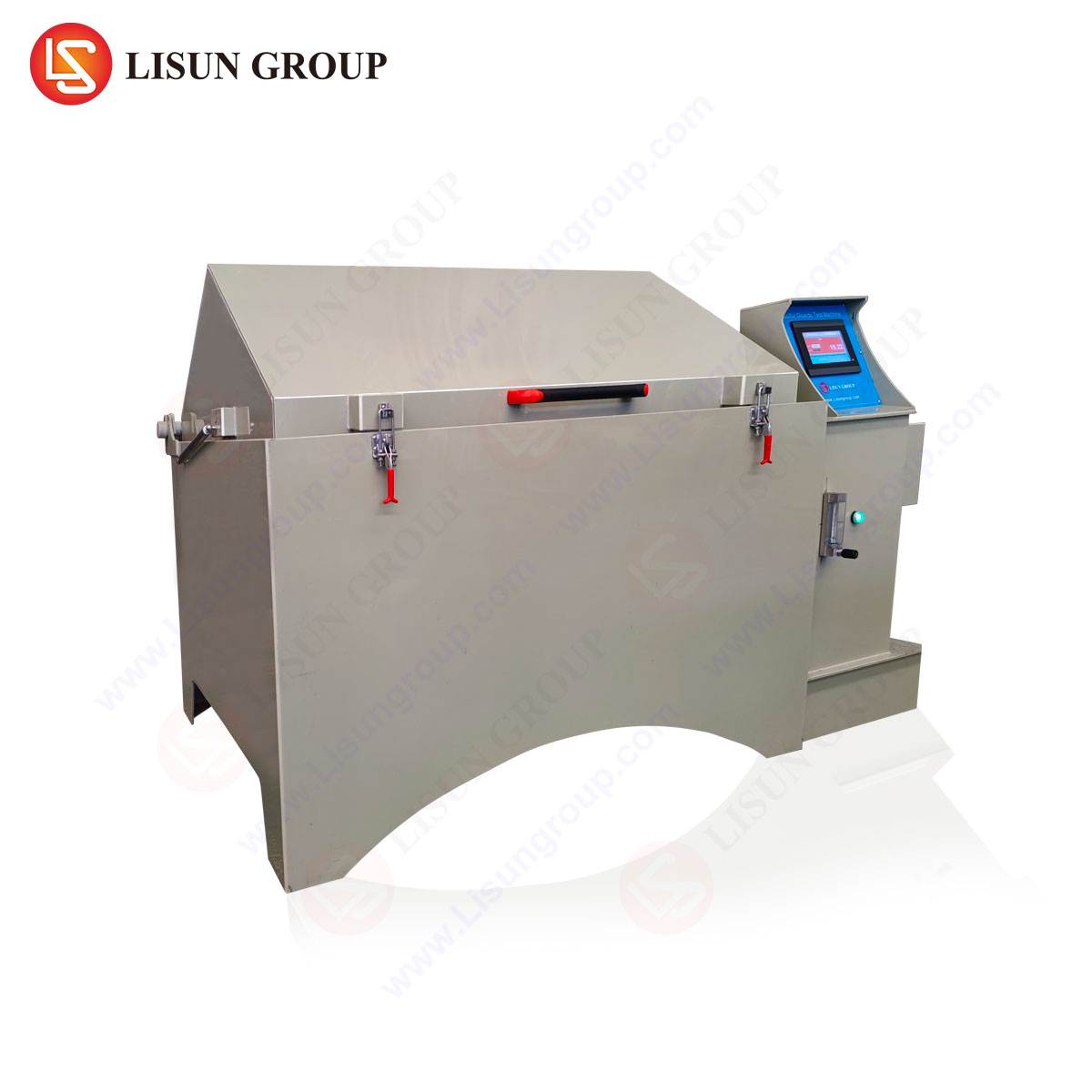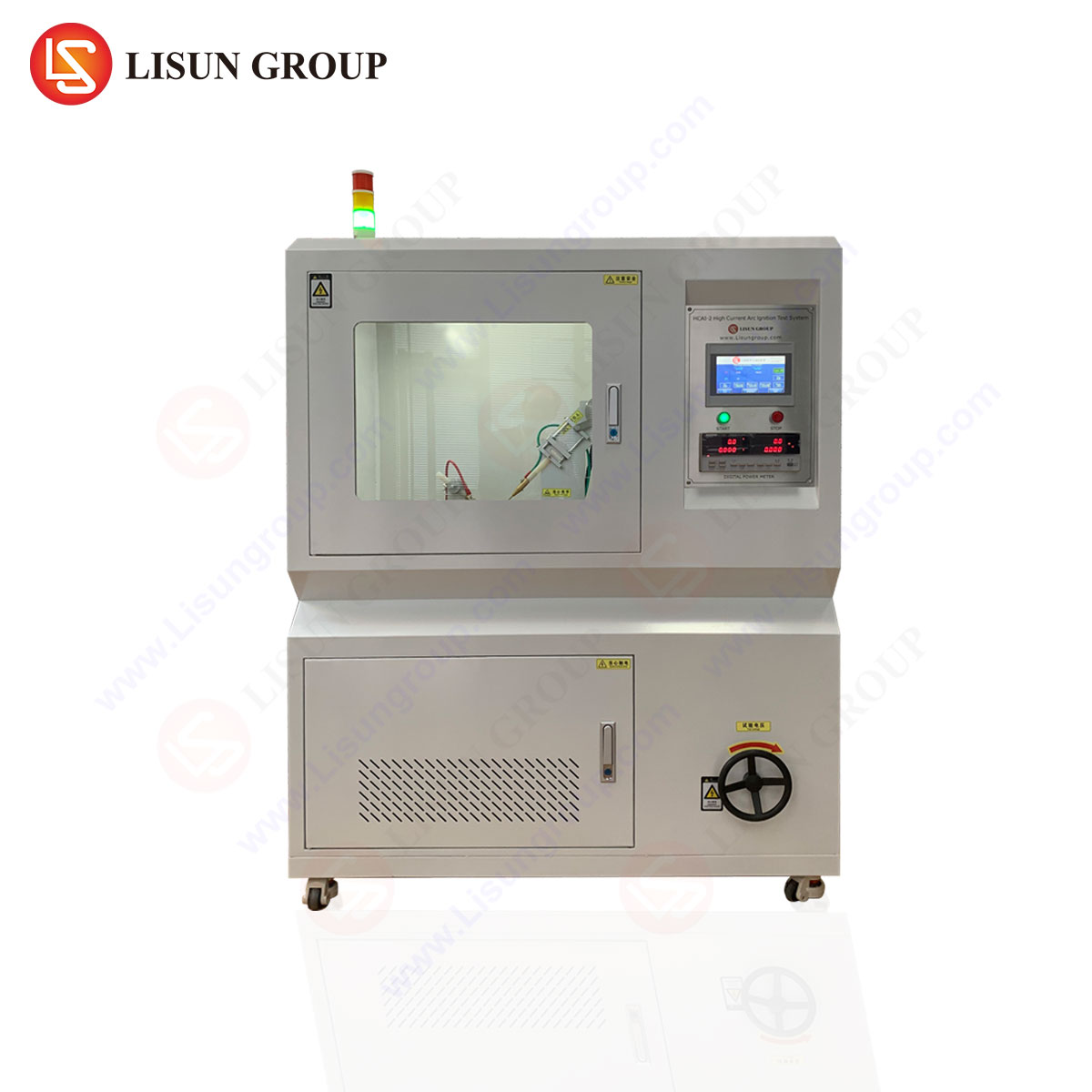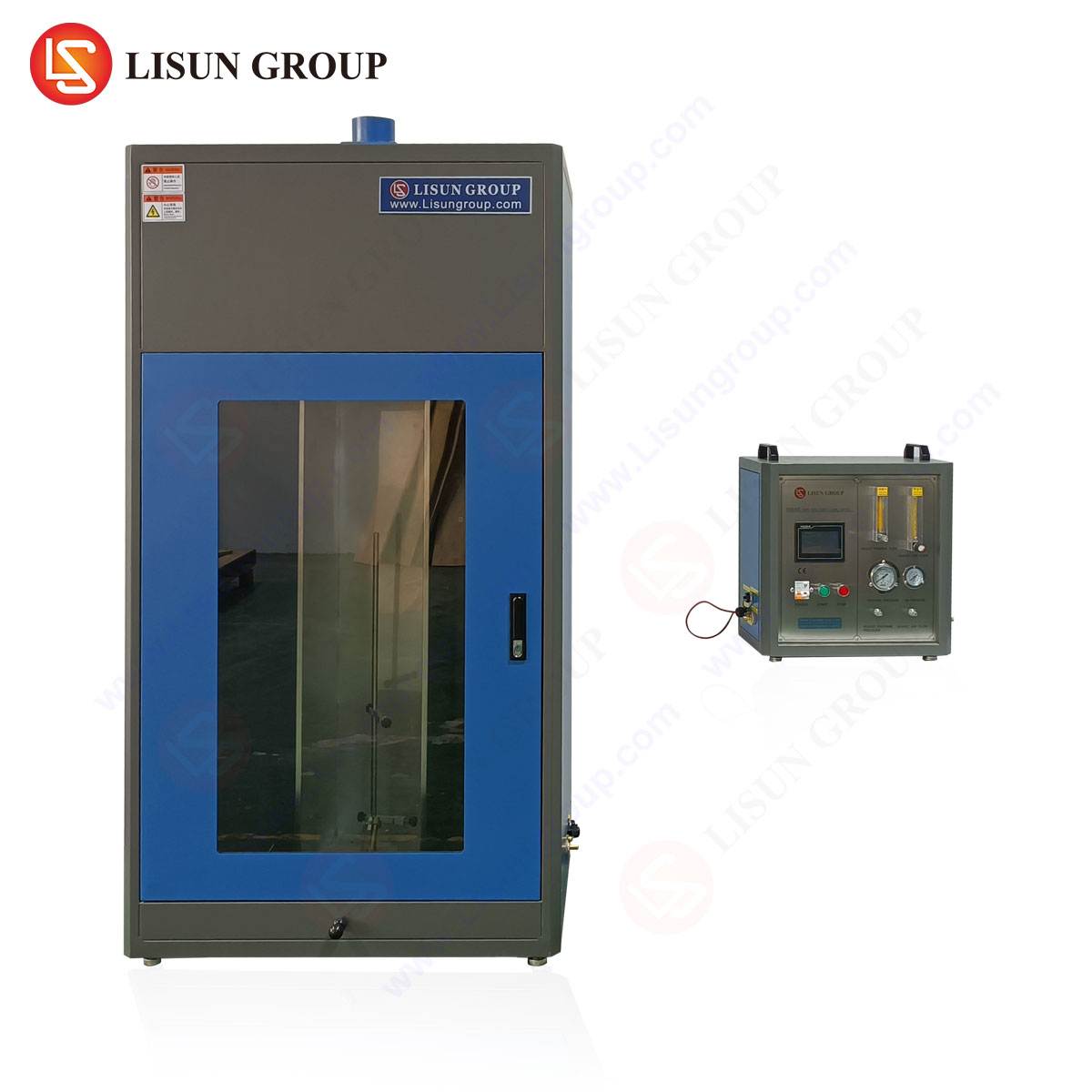Evaluating Flammability Resistance in IT Equipment Through Hot Wire Ignition Testing
The relentless miniaturization and increasing power density of modern information technology (IT) equipment have precipitated a corresponding escalation in electrical fire risk. Within the confined spaces of servers, switches, power supplies, and myriad electronic components, the potential for fault conditions—such as overloaded circuits, poor connections, or component failure—to generate intense, localized heat is a paramount safety concern. This heat can act as an ignition source for adjacent polymeric materials. Consequently, rigorous flammability assessment is not merely a regulatory hurdle but a fundamental pillar of responsible product design and engineering. Among the various test methodologies employed, the Hot Wire Ignition Test (HWIT) stands as a critical, scientifically-grounded procedure for evaluating the resistance of insulating materials and other solid electrical components to ignition under simulated fault conditions.
The Electrothermal Fault Paradigm and Ignition Mechanisms
The foundational principle of the Hot Wire Ignition Test is the simulation of a specific, yet common, electrothermal fault scenario. This occurs when a current-carrying conductor, due to damage, degradation, or an internal fault, experiences a drastic increase in electrical resistance at a localized point. According to Joule’s law (H = I²Rt), the power dissipated as heat is proportional to the square of the current and the resistance. A high-resistance point can thus generate sufficient thermal energy to elevate the temperature of the conductor itself and, crucially, any adjacent insulating material to its ignition point.
The test mechanism replicates this by using a precisely calibrated resistance wire, the “hot wire,” which is wound directly around a test specimen. A predetermined electrical current is passed through this wire, causing it to heat to a specific temperature range. The test evaluates two primary failure modes: ignition of the material and the propensity of the material to sustain a flame after the ignition source is removed. The duration of flaming, the production of burning droplets, and the extent of material consumption are all critical observational data points that inform a material’s fire safety classification. This methodology is distinct from flame application tests, as it assesses the material’s response to a conducted heat source that is in intimate contact, more accurately mirroring certain real-world internal fault conditions in electrical equipment.
Deconstructing the RSY-LT Hot Wire Ignition Tester: A System Overview
The LISUN RSY-LT Hot Wire Ignition Tester embodies a sophisticated integration of mechanical precision, electrical control, and safety engineering to execute this test with a high degree of repeatability and accuracy. The apparatus is designed to conform to international standards such as IEC 60695-2-20, providing a standardized platform for comparative material analysis. Its construction is predicated on delivering a consistent and reliable thermal insult to the test specimen.
The core of the system is the test chamber, typically constructed from heat-resistant and visually transparent materials to allow for unimpeded observation while containing any potential flames or decomposition products. Within this chamber resides the specimen holder and the hot wire application mechanism. The RSY-LT utilizes a nickel-chromium (NiCr) alloy resistance wire, chosen for its stable high-temperature properties and predictable resistance-temperature relationship. This wire is wound under a specified tension around a mandrel to form a test loop, which is then transferred to the specimen. The electrical power to the hot wire is supplied by a stabilized power source, capable of delivering currents with minimal fluctuation to ensure the heating profile remains consistent across tests. Critical to the test’s validity is the timing system, which automatically controls the application duration of the test power—typically 30 seconds ± 1 second for the standard test—and may include a separate timer to measure the duration of any subsequent flaming.
A key feature of advanced testers like the RSY-LT is the integration of safety interlocks. These prevent the test from initiating unless the chamber door is securely closed, protecting the operator from exposure to heat, flame, or harmful fumes. An integrated fume extraction port allows for the safe removal of pyrolysis and combustion products, which is essential for maintaining a safe laboratory environment and ensuring clear visibility during the test.
Table 1: Representative Specifications of the RSY-LT Hot Wire Ignition Tester
| Parameter | Specification |
| :— | :— |
| Hot Wire Material | Nickel-Chromium (NiCr 80/20) Alloy |
| Hot Wire Dimensions | Approx. 0.5mm diameter, length as per standard |
| Test Current Range | Adjustable, typically 0.1A – 1.5A (precision ±1%) |
| Test Power-on Time | 0.1 ~ 999.9s (digital timer, accuracy ±0.1s) |
| Flaming Time Measurement | 0.1 ~ 999.9s (digital timer, auto-stop upon flame extinction) |
| Specimen Holder | Precision-engineered to standard dimensions |
| Safety Features | Door interlock, fume extraction interface, overcurrent protection |
| Compliance Standards | IEC 60695-2-20, GB/T 5169.10, UL 746A, and other national derivatives |
A Procedural Analysis: From Specimen Preparation to Ignition Observation
The execution of a Hot Wire Ignition Test is a meticulous process where procedural rigor directly impacts the reliability of the results. It begins with specimen preparation. Test specimens are conditioned in a standard atmosphere (e.g., 23°C ± 2°C and 50% ± 5% relative humidity) for a minimum of 24 hours prior to testing to eliminate the variable of ambient moisture. The specimens, typically bars of a specified size (e.g., 125mm x 13mm x 3mm), must be representative of the final product’s material composition and surface finish.
The prepared specimen is then securely mounted in the holder within the test chamber. The pre-formed NiCr wire loop is positioned so that it contacts the specimen along its length, applying a slight, standardized pressure. The operator sets the test parameters—most critically, the electrical current—based on the test standard’s requirements for the material’s intended use or its Glow-Wire Ignition Temperature (GWIT) classification. For instance, a material intended for high-current-carrying components may be tested at a more severe current level.
Upon initiation, the timer starts, and current flows through the wire, causing it to rapidly heat up, glowing a bright orange. The wire transfers heat directly into the specimen via conduction. The operator observes the specimen closely for the duration of the test power application and for a specified period afterward. Key observations include:
- Time to Ignition (TTI): The elapsed time from power application until the specimen sustains a visible flame.
- Flaming Duration: The total time the specimen continues to burn after the test power has been automatically cut off.
- Presence of Flaming Droplets: Whether the melting material produces droplets that ignite a layer of surgical cotton positioned below the specimen.
- Extent of Burning: The length of the specimen consumed by the test.
This data is recorded and used to assign a performance rating, such as the Hot Wire Ignition Temperature (HWIT) or a pass/fail determination against a specific product safety standard’s criteria.
Application Across the IT and Electronics Ecosystem
The utility of the HWIT extends across the entire spectrum of the IT and electronics industries, providing critical safety data for a vast array of components and assemblies.
- Electrical Components and Connectors: Insulating materials used in terminal blocks, connectors, sockets, and switches are prime candidates for HWIT evaluation. A failing connector with high contact resistance can mimic the test conditions exactly, making this a highly relevant assessment.
- Power Supply Units (PSUs) and Automotive Electronics: Switch-mode power supplies, whether in servers or electric vehicles, contain transformers, chokes, and PCBs where fault currents can be significant. The HWIT helps validate the flammability resistance of bobbins, insulation sleeving, and PCB substrates.
- Telecommunications and Networking Equipment: Routers, switches, and base station electronics are packed with densely spaced components. The test is applied to the plastic housings of modules, cable management components, and internal structural parts to prevent a single component fault from cascading into a full-scale fire.
- Household Appliances and Consumer Electronics: From smart home hubs to gaming consoles, the internal power and control circuits are assessed. The test is critical for materials surrounding heating elements or motor drives in appliances.
- Medical Devices and Aerospace Components: In these high-reliability fields, the consequences of failure are severe. HWIT is used to qualify materials for imaging equipment, patient monitors, and avionics boxes, where the release of toxic smoke from a smoldering insulation fault could be catastrophic.
- Cable and Wiring Systems: While cables are often tested with a flame, the HWIT is relevant for evaluating the insulation’s resistance to ignition from a hot component it may be resting against or from a fault within a bundled cable harness.
Comparative Advantages in Modern Testing Regimes
When selecting a Hot Wire Ignition Tester, several factors distinguish a capable instrument like the RSY-LT from less sophisticated alternatives. A primary advantage lies in its measurement and control systems. The precision of the current regulation is non-negotiable; even minor fluctuations can alter the wire temperature, leading to inconsistent TTI results and poor repeatability. The RSY-LT’s stabilized power supply addresses this fundamental requirement.
The automation of timing functions is another critical differentiator. Manual timing of the test power duration and flaming time is susceptible to human error and reaction time lag. Automated, digitally controlled timers ensure that the test power is applied for exactly the specified duration and that the post-test flaming time is measured with an accuracy of tenths of a second. This level of precision is mandatory for generating data that is reliable enough for certification purposes and for making fine distinctions between material formulations.
Furthermore, the holistic design for operator safety and ease of use—encompassing the interlocked chamber, clear viewing window, and integrated fume extraction—transforms the tester from a simple laboratory tool into an integrated safety system. This reduces operational risk and ensures compliance with workplace safety regulations, while also improving the consistency of the test environment by promptly removing obscuring smoke.
Navigating the Regulatory and Standards Landscape
Compliance with international safety standards is a commercial and legal imperative for IT equipment manufacturers. The Hot Wire Ignition Test is enshrined within several key standards, and the RSY-LT is engineered specifically to meet these requirements.
The primary international standard is IEC 60695-2-20, “Fire hazard testing – Part 2-20: Glowing/hot-wire based test methods – Hot-wire coil ignition test.” This standard provides the detailed methodology for specimen preparation, test apparatus, procedure, and result interpretation. Its national equivalents are widely adopted, such as GB/T 5169.10 in China and UL 746A in the United States, which references the hot wire test for evaluating polymeric materials.
These standards often prescribe specific test severity levels (e.g., different applied currents or pass/fail criteria) based on the end-use application of the material. A component located near a primary power source will be subject to more stringent requirements than one in a low-voltage signal path. The data generated by a compliant tester like the RSY-LT is therefore directly applicable to proving conformity with these standards, facilitating market access for products across global jurisdictions.
Frequently Asked Questions (FAQ)
Q1: How does the Hot Wire Ignition Test differ from the Glow-Wire Test?
While both tests use a heated element, their simulation and application differ. The Hot Wire Test uses a coiled wire wrapped around the specimen to simulate an overheating conductor within or adjacent to the material. The Glow-Wire Test uses a stationary glowing element that is pressed against the flat surface of a test specimen with a specified force, simulating the effect of heat from an overloaded or faulty component (like a resistor) in contact with an enclosure or part. They assess different ignition scenarios and are often used complementarily.
Q2: What factors most significantly influence the repeatability of HWIT results?
The three most critical factors are: 1) Current Stability: Any variance in the applied current directly changes the hot wire temperature. 2) Specimen Conditioning: Moisture content in the specimen can drastically alter its thermal and ignition properties. 3) Hot Wire Contact: The tension and consistency of the wire’s contact with the specimen must be uniform across tests, as air gaps act as thermal insulators. The precision engineering of the RSY-LT’s specimen holder and power supply is designed to mitigate these variables.
Q3: For a new material, how is the appropriate test current determined?
The test current is typically not chosen arbitrarily. It is usually defined by the end-product safety standard (e.g., IEC 60950 for IT equipment, now superseded by IEC 62368-1) that the component must comply with. These standards specify test severities based on the component’s location and function. Alternatively, the test can be used to determine a material’s Hot Wire Ignition Temperature (HWIT), which involves testing at progressively higher currents until ignition occurs, establishing a material-specific property.
Q4: Can the RSY-LT tester be used for quality control in a production environment, or is it solely for R&D?
While its primary use is in Research & Development and type-approval testing for safety certification, the RSY-LT is also deployed for quality assurance and incoming material inspection. Its automated features and robust construction make it suitable for use in a QC lab to perform batch-to-batch consistency checks on raw materials or finished components, ensuring that a supplier has not altered a material formulation in a way that degrades its flammability resistance.
Q5: What is the significance of observing “flaming droplets” during the test?
Flaming droplets represent a secondary fire hazard. A material may resist ignition itself or self-extinguish quickly, but if it produces burning droplets, these can fall and ignite other combustible materials below the original fault (e.g., dust, wiring, or plastic housings). This can propagate a fire away from the initial source. Most safety standards therefore classify a test as a failure if flaming droplets ignite a prescribed indicator material, such as a sheet of surgical cotton, placed beneath the specimen.






